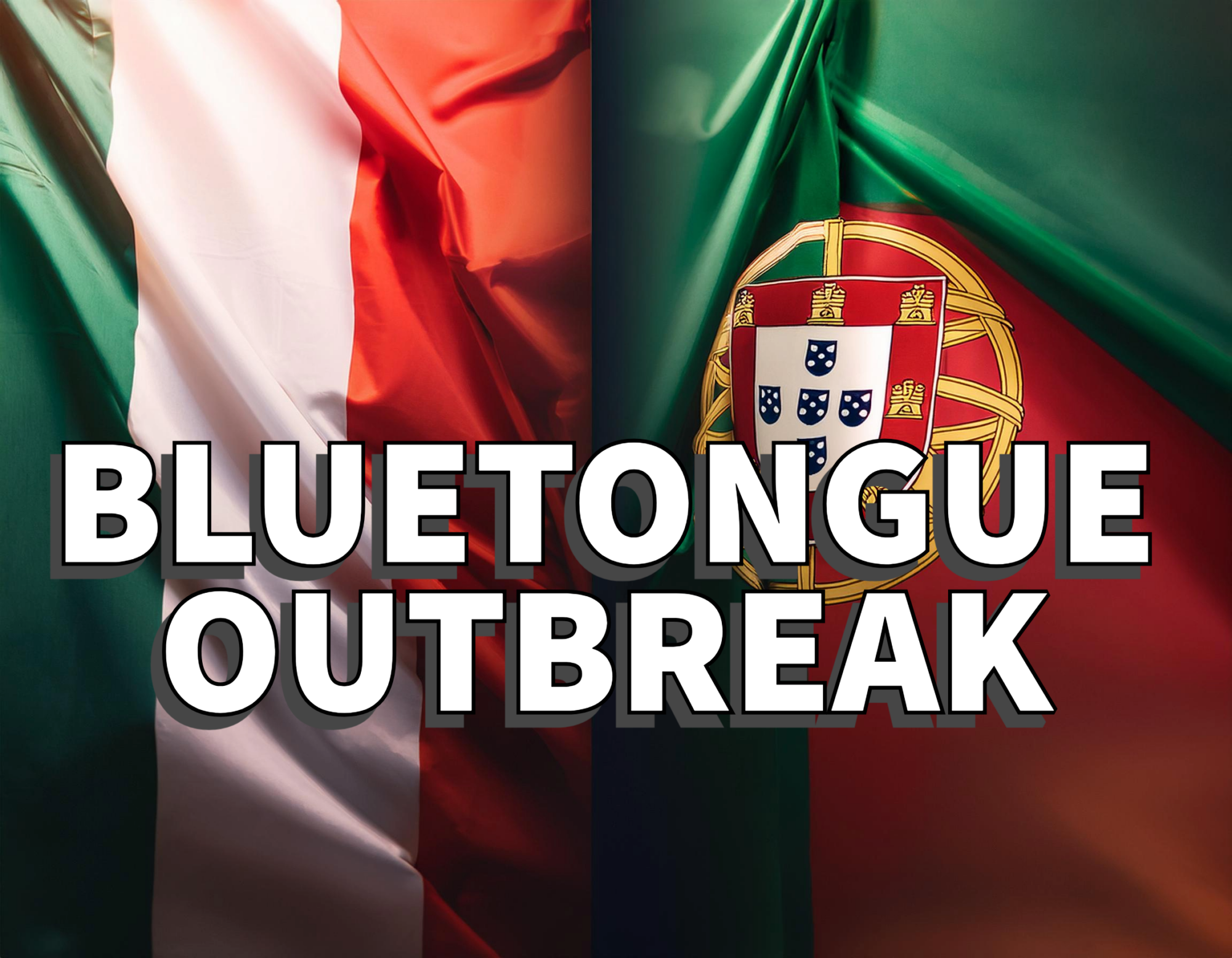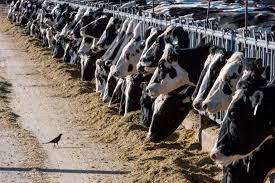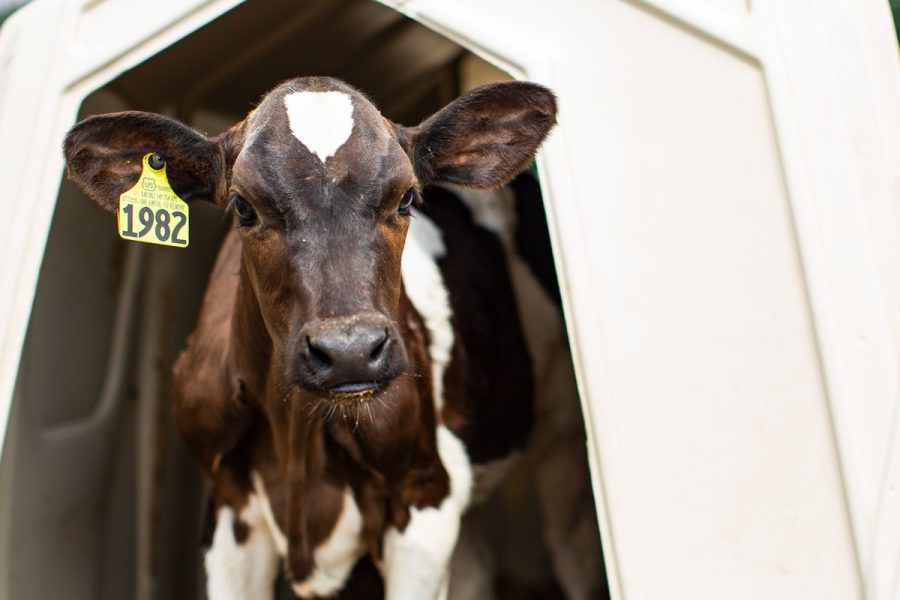Uncover how bluetongue disease challenges dairy farms in Denmark, Norway, and Sweden. Are your herds vulnerable? Explore prevention and response methods.
Summary:
The recent spread of bluetongue disease across Denmark, Norway, and Sweden signifies a critical challenge for the Nordic livestock sector. Emerging in Europe in 2023, BTV-3 has now firmly established within the Nordic perimeter, drastically impacting sheep, goats, and cattle. Although cattle endure lower mortality rates, reduced milk output deeply affects economic stability. Denmark notes 863 outbreaks predominantly affect conventional and organic operations, whereas Norway battles a 30% mortality rate in sheep. Sweden faces 353 confirmed outbreaks, exacerbating pressure on its strained industry. Insurance simultaneously adapts, covering animal losses due to bluetongue in Denmark; national vaccination strategies unfold, addressing disease proliferation and underpinning the need for comprehensive insurance and safety nets as hailed by stakeholders. As expert Anders Nilsson observes, the threat to animal health is clear, with profound implications on production for Nordic dairy farmers.
Key Takeaways:
- The bluetongue disease has re-emerged in Nordic countries, affecting Denmark, Norway, and Sweden.
- Denmark has recorded 863 outbreaks significantly impacting organic operations, and voluntary vaccination is available.
- Norway faces a high mortality rate in sheep, and vaccination policies are subject to regional exceptions.
- Sweden has reported 353 infected herds, allowing both veterinarian and self-administered vaccination.
- Economic implications include potential declines in milk production and insured losses in animal mortality.
- This outbreak highlights the need for enhanced disease surveillance and improved preventative measures in livestock management.
- Authorities are urged to develop robust contingency plans to safeguard the dairy industry against future disease impacts.

The recent outbreak of bluetongue disease, a viral affliction affecting sheep, goats, and cattle, has breached the borders of Denmark, Norway, and Sweden, serving as a wake-up call for the Nordic dairy industry. The spread of BTV-3 presents a formidable challenge by threatening livestock health and impacting milk production—a critical concern for farmers operating on tight margins. This situation demands immediate and decisive action from dairy farmers to safeguard their herds and livelihoods from disruptions in the dairy ecosystem.
Nordic Alert: Bluetongue’s Unexpected Assault on Livestock
Bluetongue disease is a viral affliction that significantly impacts livestock, primarily sheep, goats, and cattle. It is transmitted through the bites of infected midges, leading to symptoms that range from fever and swelling of the lips and tongue to severe respiratory issues and even death, particularly among sheep and goats. While the mortality rate in cattle is lower, infected animals experience notable declines in milk production, affecting both economic output and livestock health.
The detection of bluetongue disease in the Nordic countries represents a critical shift in its geographic spread following the 2023 European outbreak. These regions, previously unaffected in recent years, now face the substantial task of adapting to and managing the disease’s impacts. The spread signifies the virus’s remarkable adaptability and poses new challenges for livestock management practices. It highlights the urgent necessity for improved veterinary monitoring and possibly reevaluating vaccination strategies. The outbreak marks a heightened threat to local economies heavily reliant on livestock, emphasizing the need for proactive measures to curtail further spread and mitigate economic repercussions. The entrance of this disease into the Nordic regions underscores a pivotal moment in the ongoing efforts to control and eventually eradicate bluetongue from Europe’s agricultural landscape.
Bluetongue’s Unforeseen Grip: Denmark’s Livestock Industry at a Crossroad
The first reported case of bluetongue disease in Denmark on August 9, 2024, marked the beginning of a challenging period for the region’s livestock industry. Initially confined to a few farms, the disease rapidly spread throughout the country. By November 2024, Danish authorities had recorded 863 outbreaks, impacting conventional and organic farming operations. Notably, organic herds accounted for approximately 20 percent of these outbreaks. This revelation raised concerns among organic farmers about maintaining animal welfare and production standards amidst the viral threat.
While the bluetongue virus posed a significant risk to livestock, Denmark refrained from imposing movement restrictions. Authorities stressed the importance of disease reporting but allowed farmers some flexibility. This decision enabled the continuation of trade and animal movement, albeit with the required notification of the proper channels.
In response to the outbreak, Denmark offered voluntary vaccination programs to farmers, an option available even to organic herds—this preventative measure aimed to curb the virus’s spread and protect livestock health. Danish insurance providers began covering animal losses due to bluetongue, a unique among affected countries, providing some financial respite to affected cattle and sheep farmers. However, this coverage did not extend to losses incurred from reduced milk productivity, an issue yet to be addressed by insurers.
Norway’s Vigilance Tested: Bluetongue’s Relentless March in 2024
The bluetongue outbreak in Norway commenced with the first recorded case on September 6, 2024, likely due to midge-borne transmission mechanisms from Denmark. Since the last occurrence in 2009, Norway has maintained a vigilant monitoring program, gauging bluetongue virus antibodies biannually in September and November by testing milk tanks throughout the region. The disease has manifested in 97 confirmed outbreaks, encompassing 20 in cattle and a significantly higher incidence of 77 in sheep, all concentrated in Southeast Norway.
The mortality rate among sheep in Norway is alarmingly high at 30%, underscoring the critical need for effective control measures. Consequently, the Norwegian government has instituted zonal restrictions that regulate the movement of breeding animals and dairy commodities, mandating comprehensive blood tests before any transit from high-risk areas. The prominent agricultural cooperative Nortura has also enforced self-imposed measures exceeding governmental regulations to curb the spreading of the virus.
Given Norway’s cautious stance on vaccination, it remains prohibited mainly due to concerns about interfering with the disease’s monitoring in milk production processes. However, in areas severely impacted by the outbreak, regulatory exceptions grant veterinarians, albeit on their responsibility, the authority to vaccinate livestock. The Norwegian authorities plan to reassess the vaccination policy in 2025 to determine its feasibility, especially considering the seasonal decline of midge populations, which could aid in naturally curbing the outbreak.
Sweden Under Siege: Weathering the Bluetongue Storm
The bluetongue disease (BTV-3) outbreak in Sweden commenced on September 12, 2024, marking a significant challenge for the livestock industry. Positioned on the country’s west side, the outbreak’s proximity to Denmark and southeast Norway has raised concerns about the virus’s rapid spread across borders. Sweden recorded 353 herds affected by this outbreak, comprising 167 sheep and 188 cattle herds. Despite the widespread incidence, the Swedish authorities have not imposed any movement restrictions, allowing the transportation of animals and products without additional regulatory barriers.
Regarding preventive measures, Sweden has adopted a flexible vaccination policy. Both veterinarians and animal owners are authorized to administer vaccines, which provide a crucial line of defense against the spread of the disease. This proactive approach mitigates the impact while balancing the country’s agricultural and economic needs.
Bluetongue Shockwaves: A Nordic Challenge to Dairy Industry Stability
The surprise outbreak of bluetongue disease across Nordic countries poses significant challenges for the dairy industry. While sheep and goats historically bear the brunt of mortality, dairy cattle aren’t exempt. Bluetongue infection in cows results in a marked decrease in milk yield, a fact that Danish, Norwegian, and Swedish dairy farmers are acutely aware of following the disease’s advance.
Consequently, the supply chain is disrupted. Denmark, a substantial contributor to the EU’s milk production, is experiencing ripples in the dairy market due to the forecast of reduced output. Norwegian dairy farmers also face economic uncertainty, compounded by mortality rates in other livestock that influence mixed farming operations. The flexible vaccination approach in Sweden may offer some relief, but the impact on milk production is still unfolding. The outbreak has disrupted the supply chain and led to economic uncertainty for dairy farmers, with potential reductions in milk production and increased operational costs.
Economically, the situation translates into increased operational costs for farmers. Restricted animal movement to curb the virus spread results in logistical reconfigurations, while voluntary vaccination programs add financial burdens. Additionally, losses aren’t solely production-based; in some jurisdictions, farmers are in precarious financial positions without insurance coverage for milk losses. This underscores the need for robust financial planning and risk management strategies in the face of such outbreaks.
The ripple effects touch the broader industry. Fluctuations in milk supply may drive up prices, affecting consumers and milk-based product manufacturers. Insurance stakeholders and regulatory bodies within each country grapple with policy adaptations. The call for more comprehensive insurance models and government-backed safety nets becomes louder as the industry braces for repeated climate-influenced virus threats.
Overall, the bluetongue outbreak underscores the interconnectedness of livestock health and economic viability within the dairy sector. It prompts urgent discussions on resiliency and adaptive strategies for facing evolving environmental challenges.
The Bottom Line
The unexpected spread of bluetongue disease across Denmark, Norway, and Sweden is a stark reminder of the vulnerabilities in today’s livestock industries. The escalating outbreaks remind us how swiftly a pathogen can travel across borders, imperiling animal health and the livelihoods dependent on them. Each country’s response—from Denmark’s coverage by insurance companies to Norway’s stringent restrictions and Sweden’s voluntary vaccination—demonstrates varying strategies for combating this menace. However, these efforts underscore a larger question: are we prepared for the next wave of animal health crises? The dairy industry must remain agile, anticipating future threats rather than merely reacting to present ones.
Vigilance is paramount in these critical times. This is your call to action for dairy farmers and industry professionals: Stay informed through credible sources and actively engage with industry experts. Consider proactive measures such as vaccination programs and stricter biosecurity practices. The future of livestock disease management will depend on our collective ability to foresee challenges and implement preemptive strategies to safeguard our agricultural communities.
Learn more:
- Bird Flu Outbreak Prompts US Dairy Farmers to Implement Strict Measures, Including Visitor Bans and Tree Removal
- First Bird Flu Case in Iowa Dairy Herd: USDA Tightens Biosecurity Measures
- HPAI Outbreak Hits Dairy Cattle in Iowa, Minnesota, and Wyoming: What Dairy Farmers Need to Know
 Join the Revolution!
Join the Revolution!
Bullvine Daily is your essential e-zine for staying ahead in the dairy industry. With over 30,000 subscribers, we bring you the week’s top news, helping you manage tasks efficiently. Stay informed about milk production, tech adoption, and more, so you can concentrate on your dairy operations.









 Join the Revolution!
Join the Revolution!






